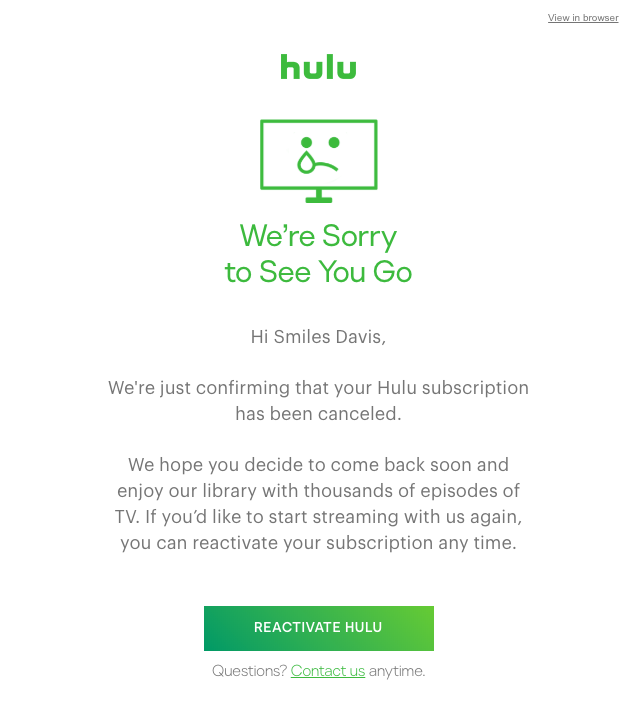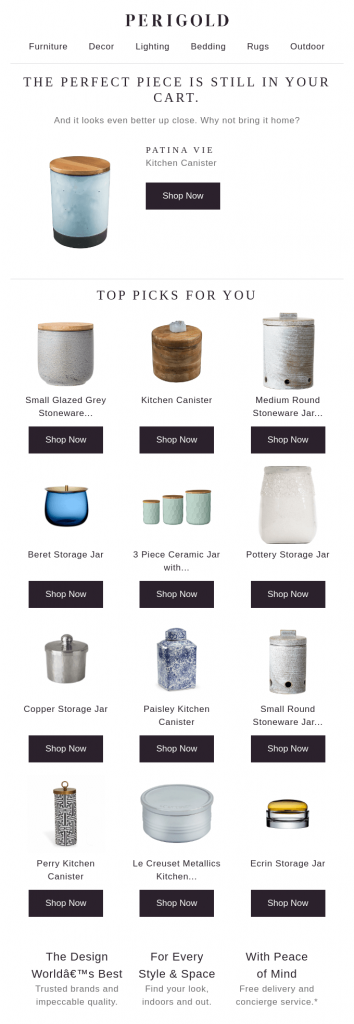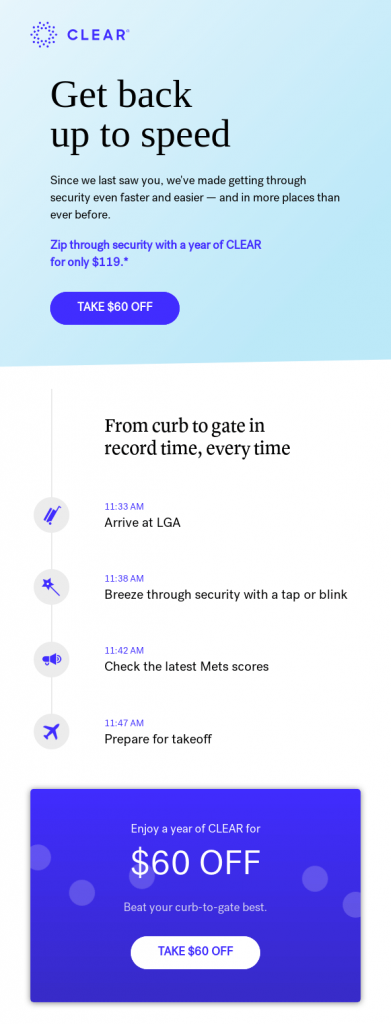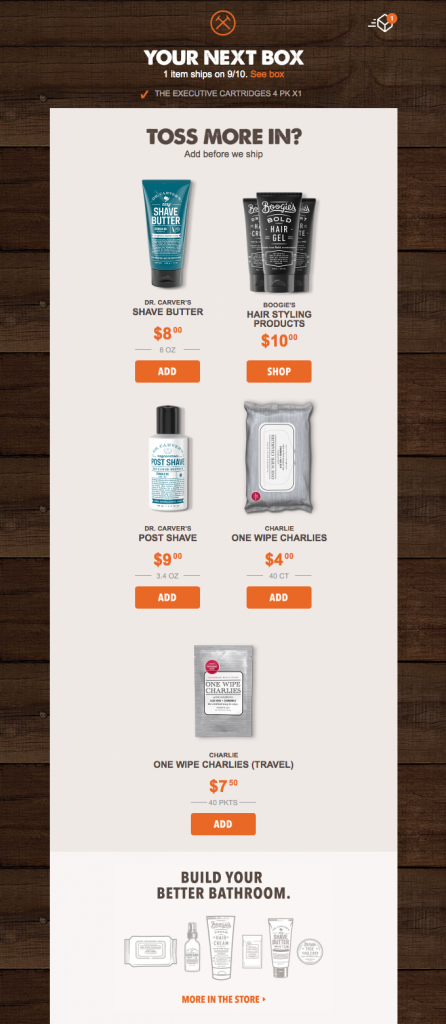Are you a startup owner wearing too many hats and juggling multiple tasks at a time? Is there a lack of reliable resources, time and money for your startup’s uphill journey? Is email marketing part of your startup marketing plan? If not, it should be!
If this sounds like you, there is one simple solution to help you streamline your efforts and gain better results – and that is Email Marketing Automation.
We are moving into an era of automation. Companies, large and small, are adopting new technologies and techniques to improve efficiency and get things done faster. Email marketing too has evolved over the years with the help of technological advancements. Automation techniques and tools in email marketing are helping startups and big businesses alike by expediting processes, boosting efficiency and eliminating human errors.
Here are the various ways in which startups can leverage email marketing automation.
1. Understand subscribers better with behaviour tracking
With marketing automation tools, startups can monitor how subscribers interact with their content and brand. This can be done by keeping track of their behaviour on your website, app or brick and mortar store. The data obtained can be used by the automation software to segment your list and schedule relevant and personalised messages for each subscriber.
Email automation can also be used to track and measure email performance metrics such as open rates, click-through rates, bounce rates, unsubscribe rates and also spam complaints. These metrics can then be utilised to tweak the email workflows – for example, when a user clicks on an unsubscribe link, an email like the one below is automatically triggered.

2. Segment lists to send personalised emails
Sending a generic promotional email to all your subscribers does not work. It is the era of hyper-personalisation. Custom email templates tailored to each individual user are more effective than promoting the same content to every single recipient.
Collect the necessary subscriber details such as their demographics, geographic location, preferences, interests, customer journey, and behaviour, to sort them into various groups or segments. Advanced email automation tools have rules and algorithms that create personalised and relevant content for each segment. These emails can then be triggered to send at optimal times to gain maximum conversions.
3. Schedule Welcome Emails
According to statistics, 74% of users who opt in to your list expect an email immediately after they subscribe. Moreover, welcome emails have 4x more opens and 5x more clicks than normal emails. It is therefore important to create and send awesome email template designs to your subscribers right after they opt in.
Automation allows email marketers to trigger welcome emails whenever a subscriber submits and confirms their email address. Welcome emails are a great opportunity to strike a good first impression, introduce new users to your brand, provide additional resources or steps to get them up and running.
Uncertainty kills conversions. That’s why Casper’s welcome email lets subscribers know what they will be getting out of the product or service from the get-go. The clear CTA and clean layout make it easily digestible so subscribers don’t feel overwhelmed as soon as they walk through the door.

4. Send abandoned cart emails
Users who browse through the products and leave them in the cart unpurchased are a major threat to startups. These users need to be addressed with unique emails to bring them back to the abandoned products and persuade them to resume the purchase.
Abandoned cart emails can be automatically sent whenever a user leaves items in the cart. These emails feature the product(s) left in the cart intentionally or unintentionally with unique copy and recommendations to remind the subscribers and encourage them to buy. Take the example below from Perigold which takes in-email browsing to a whole new level.

5. Run post-purchase email nurture and drip campaigns
Your journey with the customer does not end after the sale or purchase. It is necessary to maintain a connection with your customers by creating a post-purchase workflow and setting up automated drip campaigns. At this stage, you can send emails with tips and useful information about the product, ask for product reviews or feedback, send recommendations of similar products, or invite them to follow your brand on other channels.
6. Re-engagement Campaigns
Subscribers who have not engaged with your emails need to be catered to separately. You need to identify the inactive subscribers and bring them back to your doorstep with a special offer or incentive. Automation tools can be used to identify inactive subscribers and trigger timely re-engagement emails.
For example: If someone has not engaged with your emails for around 60 days, you can send them a winback email campaign to prompt them to purchase again. The safest bet is to send a series of re-engagement emails like Clear does. Also, you can incentivize the users to engage them better and increase the likelihood of conversions.

7. Transactional Emails
A transactional email is an automated message sent to your subscribers immediately after they take specific actions on your website, app or online store.
Here are some of the most popular transactional emails:
- Order Confirmation email
- Emails sharing the shipping information
- Subscription or cancellation emails
- Order delivery emails
- Password reset emails
- Emails to confirm registrations
Besides important notifications, these emails can be used to promote complementary products based on previous purchases and encourage additional sales. You can also take this opportunity to get repeat customers by upselling and cross-selling to the customers like the Dollar Shave Club email below.

Wrapping Up
Automation takes away the burden of labour-intensive tasks in email marketing and allows startups to focus more on other areas of business. By creating email template designs for each stage of the buyer’s journey and setting up automation rules for them, startups can streamline their efforts and focus on real-time marketing.



